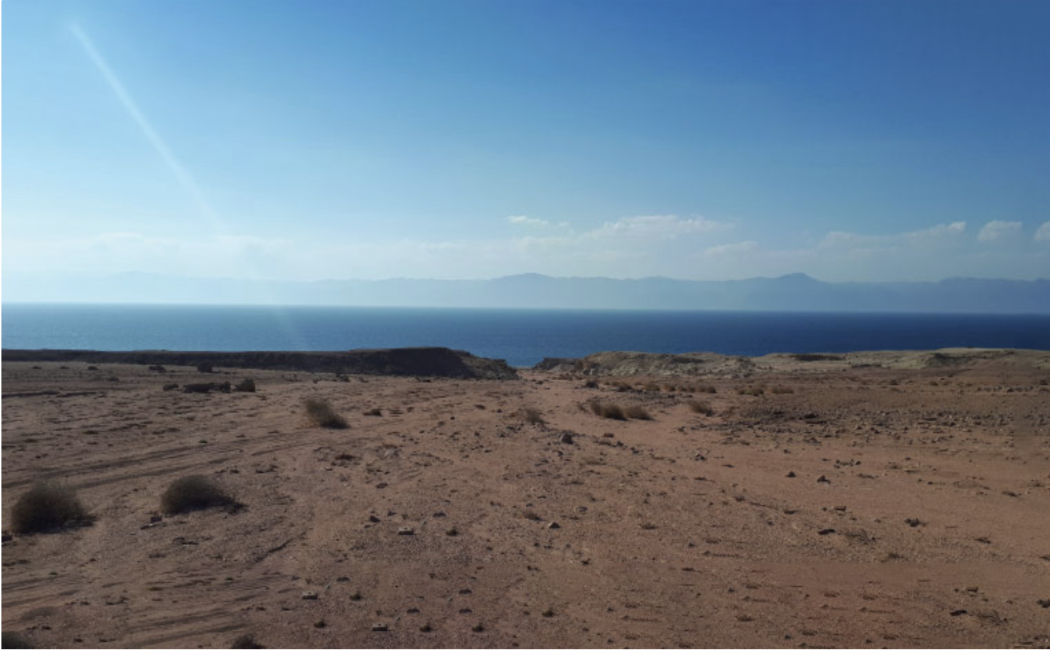.jpg?sfvrsn=39330263_0)
.jpg?sfvrsn=39330263_0)

21 March, 2023
Geologists have long contested the structure of the Red Sea. Many regard it as an extended rift basin where two continental plates are actively moving apart, while others see it as a fully developed ocean with a mid-ocean ridge and seafloor spreading.
Integrating a variety of geoscientific data, KAUST researchers have demonstrated that most of the Red Sea is underlain by oceanic crust. The Red Sea is therefore a fully developed ocean, and can be viewed as a younger and smaller version of the Atlantic.
“There are two types of crust on the Earth’s surface: ancient continental crust that forms the landmasses, and younger oceanic crust under the oceans,” says Antoine Delaunay, a postdoc in Abdulkader Afifi’s research group. “These two types of crust differ in age, thickness, physical properties and chemical composition, making it possible to differentiate between them using geophysical measurements.”
The Arabian Peninsula initially separated from Africa with the formation of a rift basin. As the two continents drifted apart, water filled the rift basin, and submarine volcanism created new oceanic crust between the continental plates in a process known as seafloor spreading. The research team mapped this transition from a rift, which started around 29 million years ago, to the start of seafloor spreading at around 14 million years ago.
Most of the Red Sea is now covered by sedimentary rocks that hide the nature of the underlying crust. Previous studies assumed that these rocks were static, remaining in the same location as they were deposited.
“We interpreted a wide variety of data to show that these sediments have spread out across the oceanic crust over time, gliding over a mobile layer of salt,” says Afifi.
Read the full story at KAUST Discovery.
Source: PSE Division